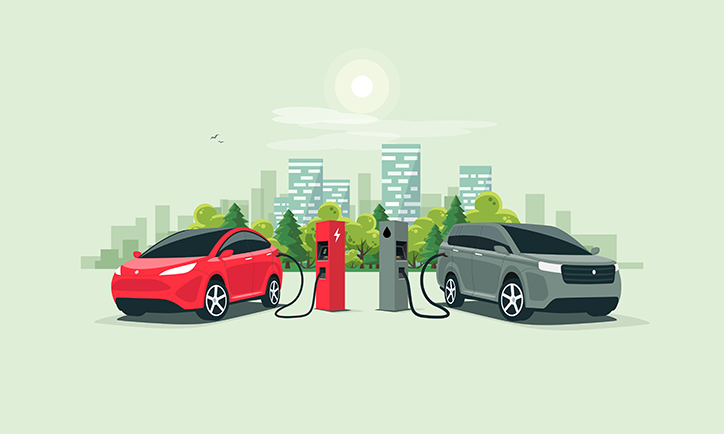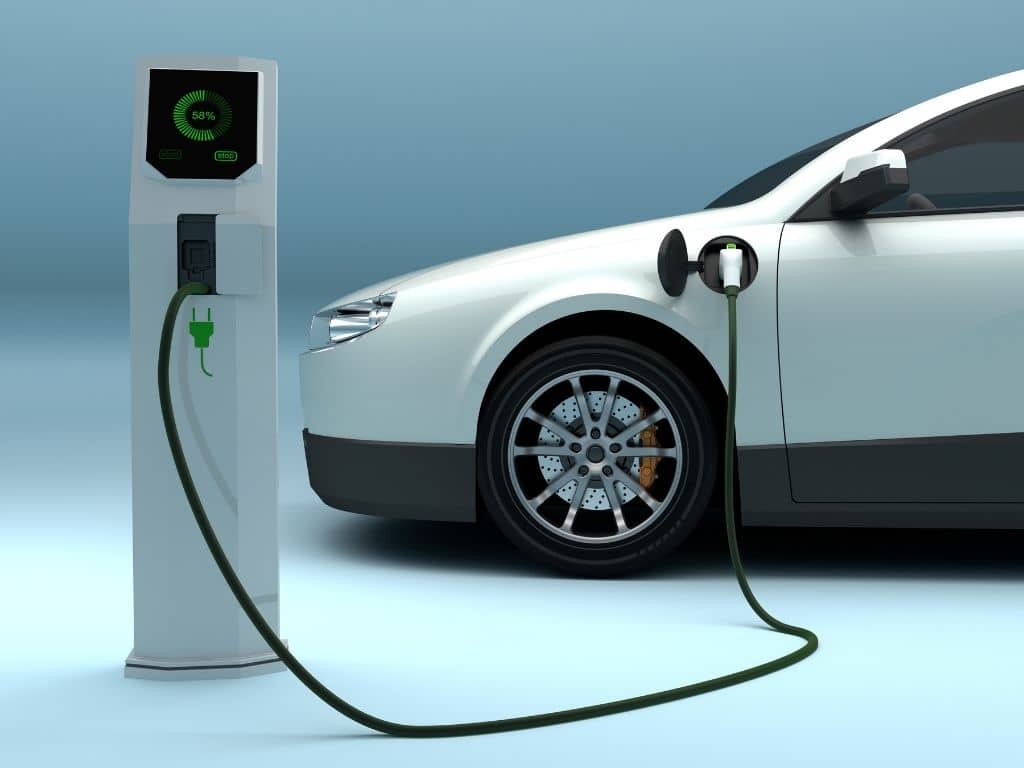In today’s world, renewable energy is often at the center of debates about how we power our lives. Unfortunately, there are many myths surrounding electricity, especially when it comes to renewable energy sources. Let’s dive into some of the most common misconceptions and uncover the truth behind them.
Myth 1: Renewable Energy Can’t Meet All Our Power Needs
The Truth: Renewable energy has the potential to meet a substantial portion of our energy needs.
Many people believe that renewable energy sources like solar and wind are unreliable or insufficient for large-scale use. However, advances in technology, grid management, and energy storage are making renewables more efficient and dependable. In fact, countries like Iceland and Norway already generate almost 100% of their electricity from renewable sources, primarily hydroelectric and geothermal energy.
Solar and wind energy are abundant and, when combined with energy storage systems, they can provide continuous power. While it’s true that the sun doesn’t always shine, and the wind doesn’t always blow, we can harness these sources during peak times and store excess energy for later use.
Myth 2: Renewable Energy Is Too Expensive
The Truth: Renewable energy is increasingly becoming one of the most cost-effective options.
While renewable technologies once carried a hefty price tag, the cost of solar and wind energy has dramatically decreased over the past decade. Solar panel prices, for instance, have dropped by over 80% since 2010, and wind power is often cheaper than coal or gas in many regions.
In fact, many new renewable energy projects are outcompeting fossil fuel plants purely on price. Plus, once installed, solar panels and wind turbines require minimal ongoing costs, unlike fossil fuel plants, which need a constant supply of expensive resources like coal or natural gas.
Myth 3: Renewable Energy Hurts the Economy by Killing Jobs
The Truth: Renewable energy is creating a new wave of jobs and economic opportunities.
The transition to renewable energy isn’t just about saving the planet; it’s also about building a sustainable economy. The renewable energy sector is booming, creating jobs in solar panel manufacturing, wind turbine maintenance, energy storage solutions, and more.
For example, the solar industry alone employed around 250,000 people in the U.S. in 2022—more than double the number of workers in the coal industry. As we continue to shift towards renewables, there will be even more demand for skilled workers in engineering, construction, and green tech innovation.
Myth 4: Solar Panels Aren’t Effective in Cloudy or Cold Climates
The Truth: Solar panels can generate electricity even in less sunny conditions.
It’s a common misconception that solar panels don’t work well in cloudy or cold climates. However, solar panels actually function more efficiently in cooler temperatures, and they can still generate electricity on cloudy days—just at a reduced rate. In fact, Germany, which is not known for its sunny weather, is one of the world’s largest producers of solar power.
What matters most is the amount of daylight, not the heat. So, while solar energy production may drop during a cloudy day, it doesn’t stop completely.
Myth 5: Wind Turbines Are Bad for Wildlife
The Truth: Wind turbines can coexist with wildlife when properly managed.
It’s true that poorly planned wind farms can pose risks to birds and bats. However, the impact on wildlife can be significantly reduced through careful site selection, technological improvements, and monitoring systems. Many wind farms are now using radar and other technologies to automatically shut down turbines when large numbers of birds are detected in the area.
Additionally, fossil fuel extraction and use cause much larger-scale environmental damage, including habitat destruction and pollution that affects far more species. With the right safeguards in place, wind energy is far less harmful to wildlife than traditional energy sources.
Myth 6: We Don’t Have Enough Space for Renewable Energy Installations
The Truth: There is plenty of space for renewable energy, and innovations are making it even easier to integrate.
Another common concern is that solar farms and wind turbines take up too much land. But in reality, we have ample space to deploy renewable energy without infringing on natural ecosystems. Many solar installations are built on rooftops or in urban areas, while wind farms can coexist with agriculture, allowing farmers to keep using their land for crops or livestock.
Floating solar farms on bodies of water, offshore wind farms, and innovations like solar panels on existing infrastructure (roads, buildings, etc.) are also expanding the possibilities for renewable energy installations.
Renewable energy has the power to transform how we generate electricity, and it’s already proving to be a reliable, cost-effective, and sustainable option. By debunking these common myths, we can see that renewables are not only viable but essential to building a cleaner, greener, and more prosperous future for all.
Let’s embrace the energy transition with open minds, knowing that the truth is brighter than the myths!



